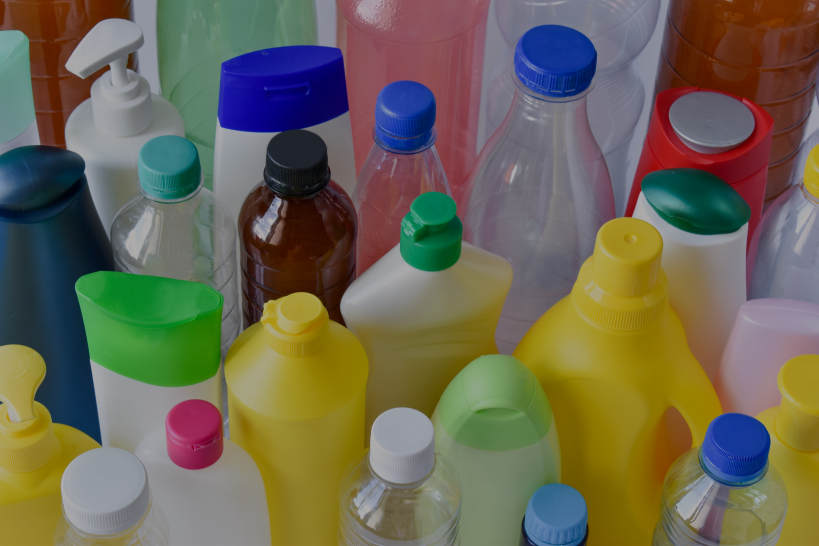Hazardous Substances
What is Hazardous Substances?
Definition and classification of hazardous substance according to the Hazardous Substances Act, B.E. 2535 (1992)
Hazardous substance according to its definition under the Hazardous Substances Act, B.E. 2535 (1992) means substance with one of the following characteristics:
1) explosive substances;
2) inflammable substances;
3) oxidizing substance and peroxide substances;
4) toxic substances;
5) pathogenic substances;
6) radioactive substances;
7) mutagenic substances;
8) corrosive substances;
9) irritative substances;
10) other substances, be it chemical or otherwise, which may be harmful to persons, animals, plants, properties, or the environment.
And for the purpose of preventing and ceasing the harm which may occur to persons, animals, plants, properties, or the environment which results from hazardous substances, the Hazardous Substances Act divides hazardous substances into 4 different types in accordance with the severity of their impact and the need for regulation, being:
Type 1 hazardous substance, being hazardous substance of which the severity of impact is lower than that of other groups, and which the law does not require manufacturer or importer to register the hazardous substance. The manufacturer, importer, exporter, or processor of hazardous substance must comply with the prescribed rules and procedures, such as the preparation of labels, rules and procedures for the manufacturing and storage, etc. The manufacturer and the importer of hazardous substances under the responsibility of the Thai FDA must detail declaration prior to the first manufacturing or importation of such hazardous substances to the competent officer.
Type 2 hazardous substance, being hazardous substance which has higher level of harmfulness or risk than type 1, and which the law requires the manufacturer and the importer to register the hazardous substance. Furthermore, the manufacturers, the importers, the exporters, and the possessors shall notify the competent official prior to the undertaking;
Type 3 hazardous substance, being hazardous substance which has higher level of harmfulness or risk than the first two types, and which the law requires that the hazardous substances prior to being manufactured or imported to be registered. Also, the manufacturer, importer, exporter, or possessor to register the hazardous substance and to obtain a license from the competent official prior to the undertaking.
Type 4 hazardous substance, being hazardous substance which has high level of harmfulness or risk due to both the substance itself and the manner in which it is used, for instance, a carcinogen, mutagen, reprotoxic, or any substance prohibited by conventions, and which the law prohibits the manufacturing, importation, exportation, transit or possession thereof.
According to the Hazardous Substances Act B.E 2535, any hazardous substances are listed in the Hazardous Substances list, annexed to the Announcement of Ministry of Industrial Re: Hazardous Substances list. The list requires an approval from the Hazardous Substance Committee. In practice, a subcommittee consisting of qualified members, representatives of government agencies, and representatives of private organizations will be the one considering the matter and forwards the result to the Hazardous Substance Committee to announce such chemical or product in the hazardous substance lists in a Notification issued by the Department of Industrial Works. Such Notification will clearly specify the name or properties of the hazardous substance, type of hazardous substance, and conditions for hazardous substance control, as well as its responsible agency.
As of now, there are 6 agencies responsible for the regulation of hazardous substances under the Hazardous Substances Act, the responsibility of which is divided according to the missions of each agency and the purposes of use of hazardous substances, as follows:
1. Department of Industrial Works, regulating hazardous substances used in industries;
2. Department of Agriculture, regulating hazardous substances used in agriculture;
3. Department of Fisheries, regulating hazardous substances used in fisheries and aquaculture;
4. Department of Livestock Development, regulating hazardous substances used in livestock farming;
5. Food and Drug Administration, regulating hazardous substances used in households or in the field of public health;
6. Department of Energy Business, regulating hazardous substances which are petroleum.
Hazardous substances under the responsibility of Food and Drug Administration
Names of hazardous substances, types of hazardous substances, and conditions for the control of hazardous substances under the responsibility of the Food and Drug Administration are specified in the Notification of the Ministry of Industry Re: Hazardous Substance Lists, List 4 Annexed to the Notification, which comprises the following 3 sub-lists:
- List 4.1, specifying hazardous substances according to the list of chemicals;
To primarily check whether a product falls within the scope of hazardous substance under the responsibility of the Food and Drug Administration or not, please follow the following steps:
- Check whether the product has an “active ingredient” which matches the “List of Chemicals”, Chemical Abstracts Service number (CAS No) and whether its purpose of use is consistent with the conditions in “List 4.1”;
- Check whether the product has an “active ingredient” which falls within the “Chemical Groups” and whether its purpose of use is consistent with the conditions in “List 4.2”;
- Check whether the product has a “purpose of use or claim of properties” in accordance with the conditions prescribed in “List 4.3”.
Where this cannot be found, or where there is any question, please submit a request for hazardous substance analysis at OSSC
